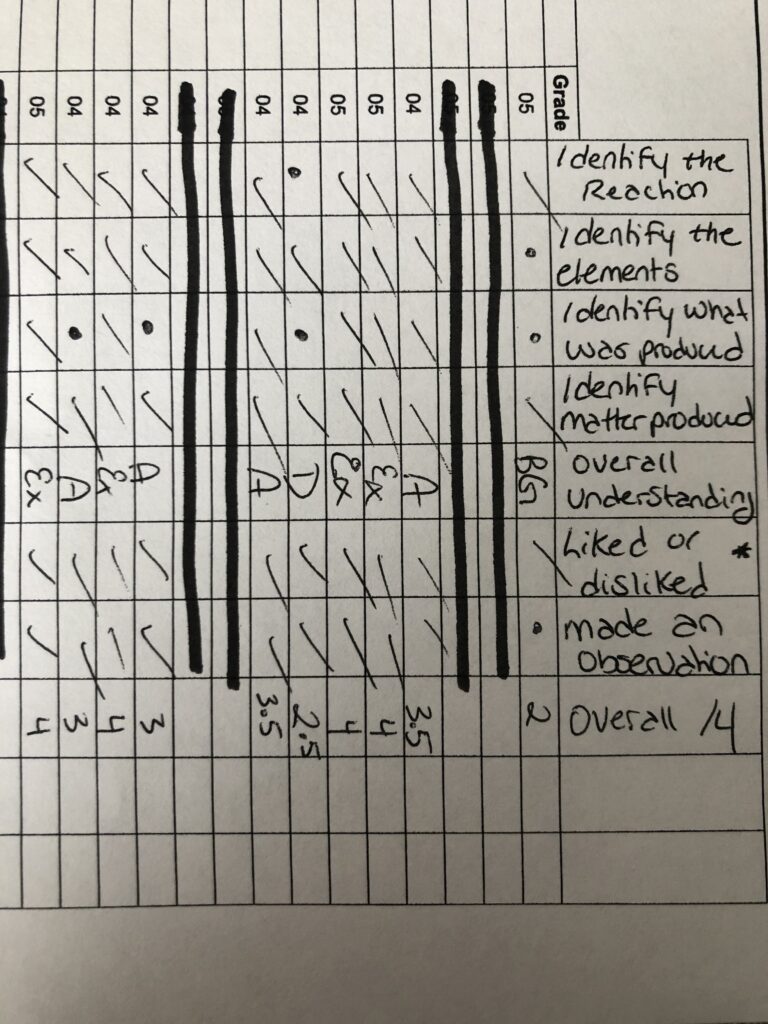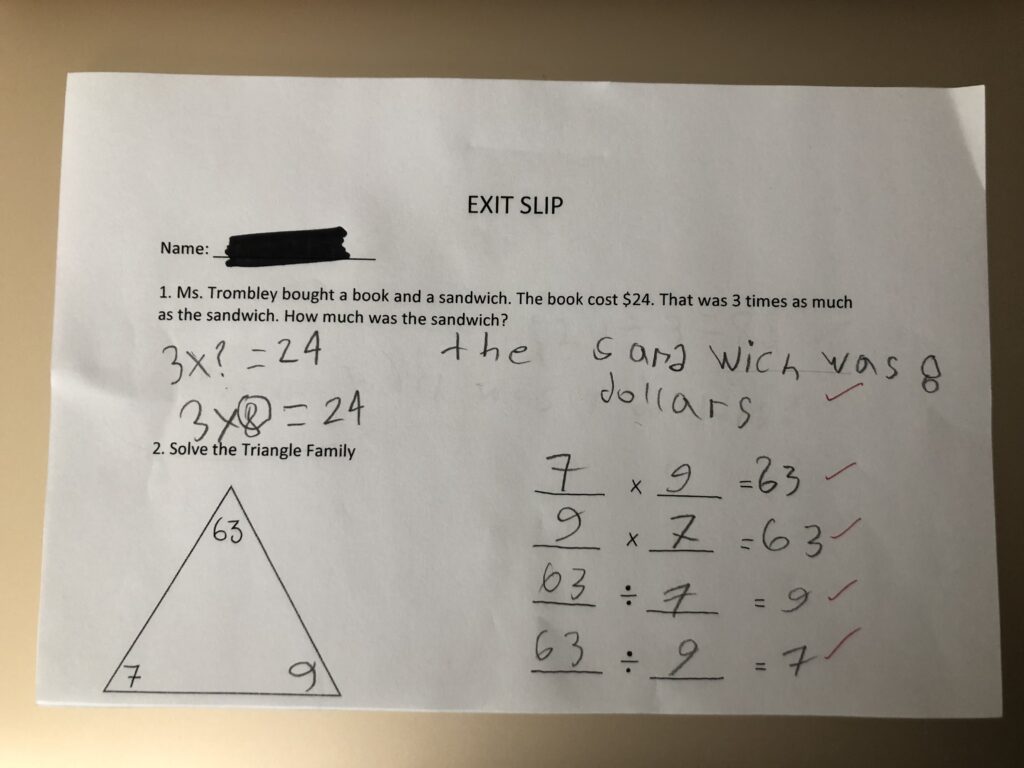Educators implement effective planning, instruction, assessment and reporting practices to create respectful, inclusive environments for student learning and development.
Experiential Practicum 391 – Standard 5
March 23rd, 2021
Standard 5 should be an essential element all educators strive to incorporate within their teaching practice. Effective planning and instruction were very important during my experiential practicum because I had never executed a planned lesson beforehand. Needless to say, my time management skills were not great during my first week; however, towards the end I was better able to manage my ‘teaching’ and ‘doing’ portions of the lesson. This was my first crack at assessment as well. My CT taught me rather quickly that it is essentially impossible to mark every single piece of work the student does. Although I was checking in with students while they were working to make sure they understood the task at hand, I was not taking any documentation of their current understanding or progress. My CT advised me that I needed to be writing down the formative assessment I was doing verbally into something physical. She showed me how to use a classroom list and turn it into a quick formative assessment rubric. The columns along the top of the page were where I would put the learning intention criteria or questions I planned to ask during their working time. By having these physical notes, I would be able to refer back to them in the future when it came time to make up progress reports or official report cards. This way I wouldn’t be stuck sifting through completed student work or exhaust myself marking all student assignments.
The other key aspect to executing standard 5 is to create an inclusive environment for all learners. Throughout this block, a large part of our discussions had included creating Universal Designs for Learning and Differentiated Learning environments (UDL and DI). Although every teacher candidate says they’ll practice UDL and DI, you don’t actually realize how tricky it can be until you’re planning a lesson for 24 students. I went into the experiential practicum without any worry that I wouldn’t be able to differentiate my lessons and within the first week needed to re-think how I approached everything. Two of my students had learning disabilities that I needed to keep into consideration when presenting them with work materials as well as receiving their finished product. I inadvertently catered my lessons within the first week to learners who strived with reading and writing skills as their predominant method of learning. Many of my classroom demonstrations and teachings were in note format with words, when two of my students had difficulty reading. I really needed to think about different teaching styles that I could bring in and incorporate within the same lesson. It wasn’t so much the content that I needed to adapt, it was how I presented the content to the students and what my expectations needed to be for every single one based on their strengths.
This practicum brought so much light and attention to how much room for improvement there is within this scope of practice. Each lesson I executed could have had micro adjustments to incorporate, engage and include even more students on a more personal and more meaningful level. I understand that not every single lesson one teaches will reach every single student, but that doesn’t mean you cannot strive for that type of lesson. The more I practice and the more I teach I will continue to gain more knowledge and experience about creating diverse and inclusive learning environments and lessons. Between my two formal observations, I had already made major improvements in the eyes of my CT. By the end of the second formal, I was executing the multi-modal classroom suggestions my CT had made. Instead of having a large classroom discussion, I asked students to turn to a neighbour to discuss or share. I also had students standing and moving during the teaching portion to give their minds a bit of a break and to include more teaching styles (kinesthetic versus auditory). During my lessons I always tried to include a visual component as well such as a video or photographs.
I plan to continue pushing myself towards making my lessons and worksheets inclusive and diverse for all of my students. I look forward to the day where I have my own classroom and can build solid relationships with all of my students. That way, getting to know their strengths and learning styles will be easier to reflect within my teaching practice.


